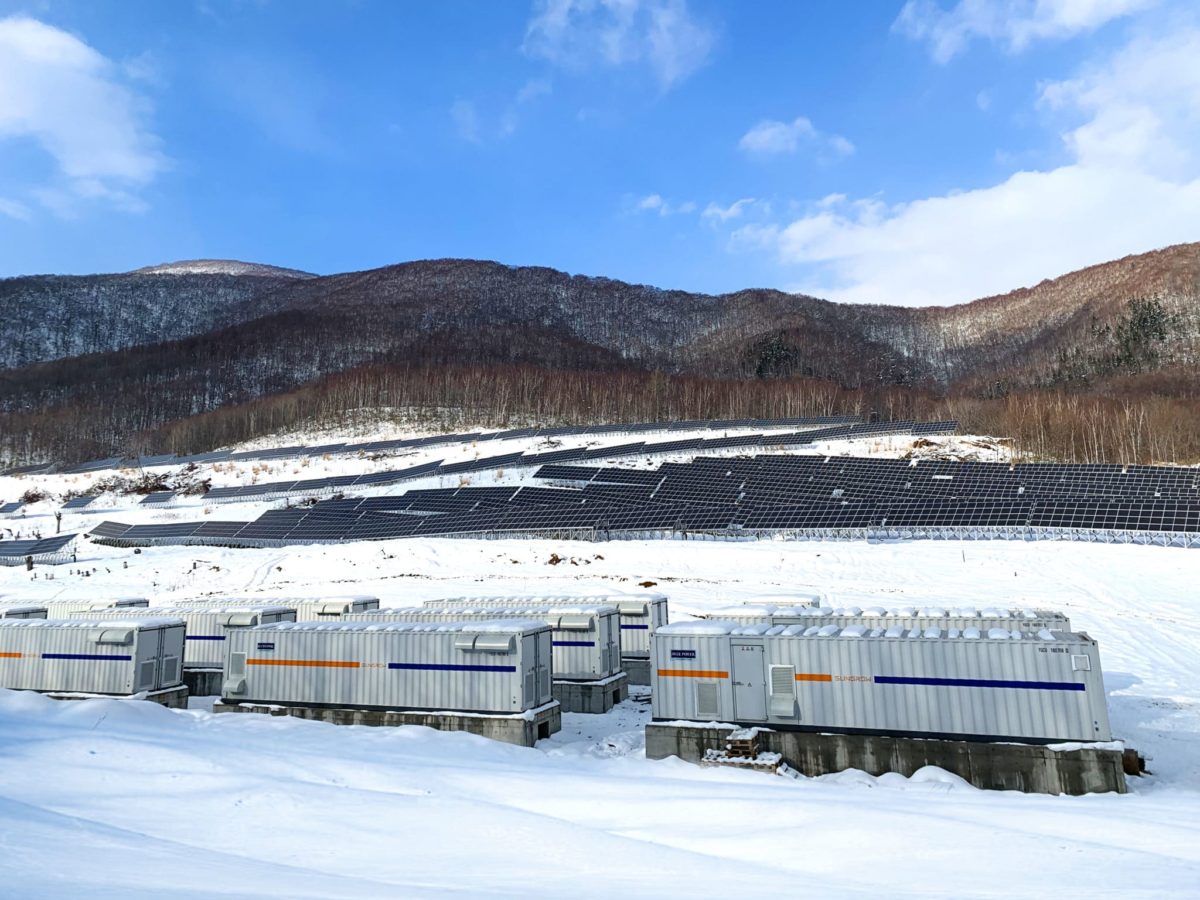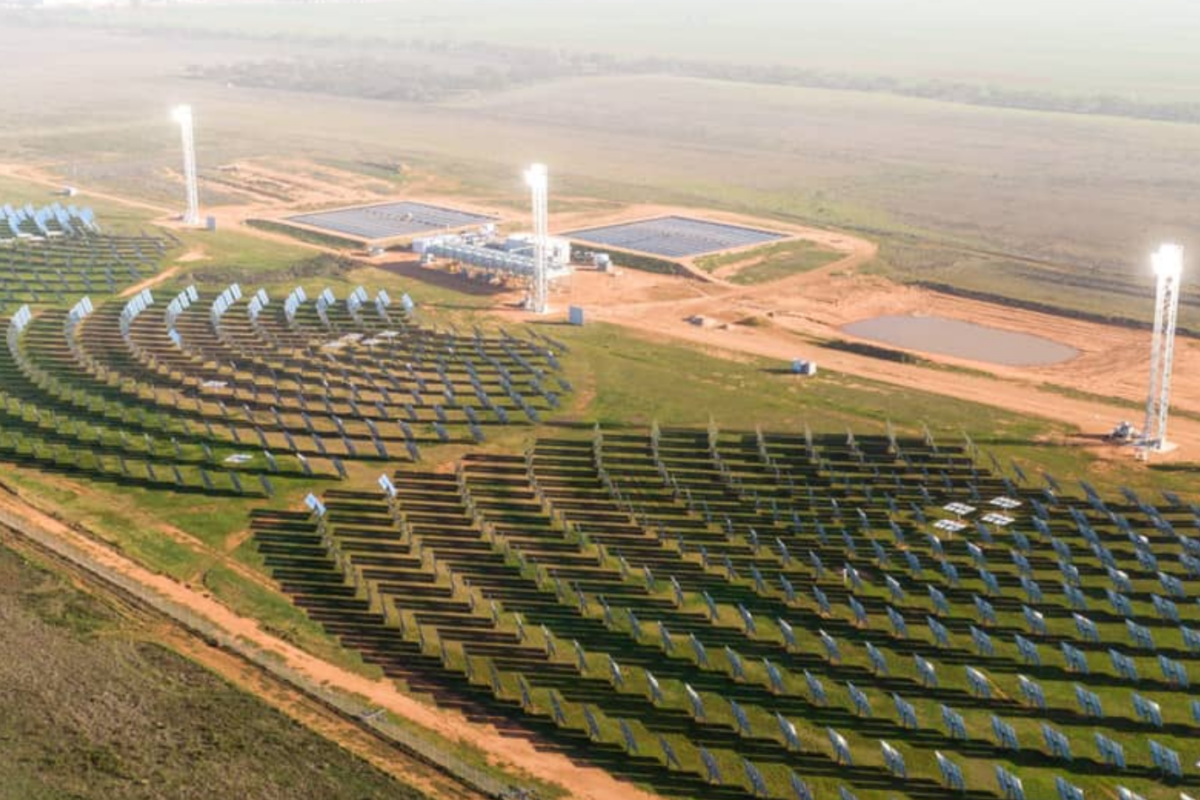From pv magazine Global.
Japan‘s northern island of Hokkaido has seen strong development of large-scale PV and wind in the past two decades due to relatively low costs of land compared to other regions in the country. As a result, however, renewables grid integration and grid stability have become challenging in the area, especially because the island has low energy demand. Although in 2019 a 300 MW interconnection line was switched on to enable some electricity exchange with Japan’s northeastern region of Tōhoku, grid congestion and stability in the island remain critical and grid operators are allowed to enforce curtailment against wind and solar power producers without compensation up to 30 days per year to balance supply and demand.
A possible solution to make large-scale solar still viable in the region and to avoid curtailment from local network operators is the construction of plants connected to storage. A good example is being provided by a 6 MW / 21 MWh facility that Chinese inverter manufacturer Sungrow energised at the end of 2020. The plant relies on inverters and a containerised storage solution based on lithium nickel manganese cobalt oxide (NCM) provided by the company and occupies a surface of around 85 hectares.
“The batteries smooth the power generated, allowing it to be integrated into the grid more effectively,” the manufacturer said in a statement. “The robust design makes it durable and weather-resistant, especially important in Hokkaido where the temperature can be lower than -35 degrees Celsius.”
Sungrow explained that the project is entitled to a high feed-in tariff of 21 JPY ($0.19)/ kWh but that the connected AC capacity of the plant is limited to only 845 kW due to limited grid availability. “As one of the countries with the most stringent grid codes, Japan presents us lots of opportunities and challenges,” Sungrow added, without providing more technical or financial details on the project.
In October, SB Energy, a subsidiary of Japanese multinational conglomerate holding company SoftBank, completed a 102.3 MW / 27 MWh solar-plus-storage plant built on 132 hectares of land near the town of Yakumo.
On the island of Hokkaido, there is currently another large-scale solar-plus-storage project under development. Property developer Tokyu Land is building a 92 MW of solar with 25.3 MWh of lithium-ion storage capacity.
This content is protected by copyright and may not be reused. If you want to cooperate with us and would like to reuse some of our content, please contact: editors@pv-magazine.com.









By submitting this form you agree to pv magazine using your data for the purposes of publishing your comment.
Your personal data will only be disclosed or otherwise transmitted to third parties for the purposes of spam filtering or if this is necessary for technical maintenance of the website. Any other transfer to third parties will not take place unless this is justified on the basis of applicable data protection regulations or if pv magazine is legally obliged to do so.
You may revoke this consent at any time with effect for the future, in which case your personal data will be deleted immediately. Otherwise, your data will be deleted if pv magazine has processed your request or the purpose of data storage is fulfilled.
Further information on data privacy can be found in our Data Protection Policy.